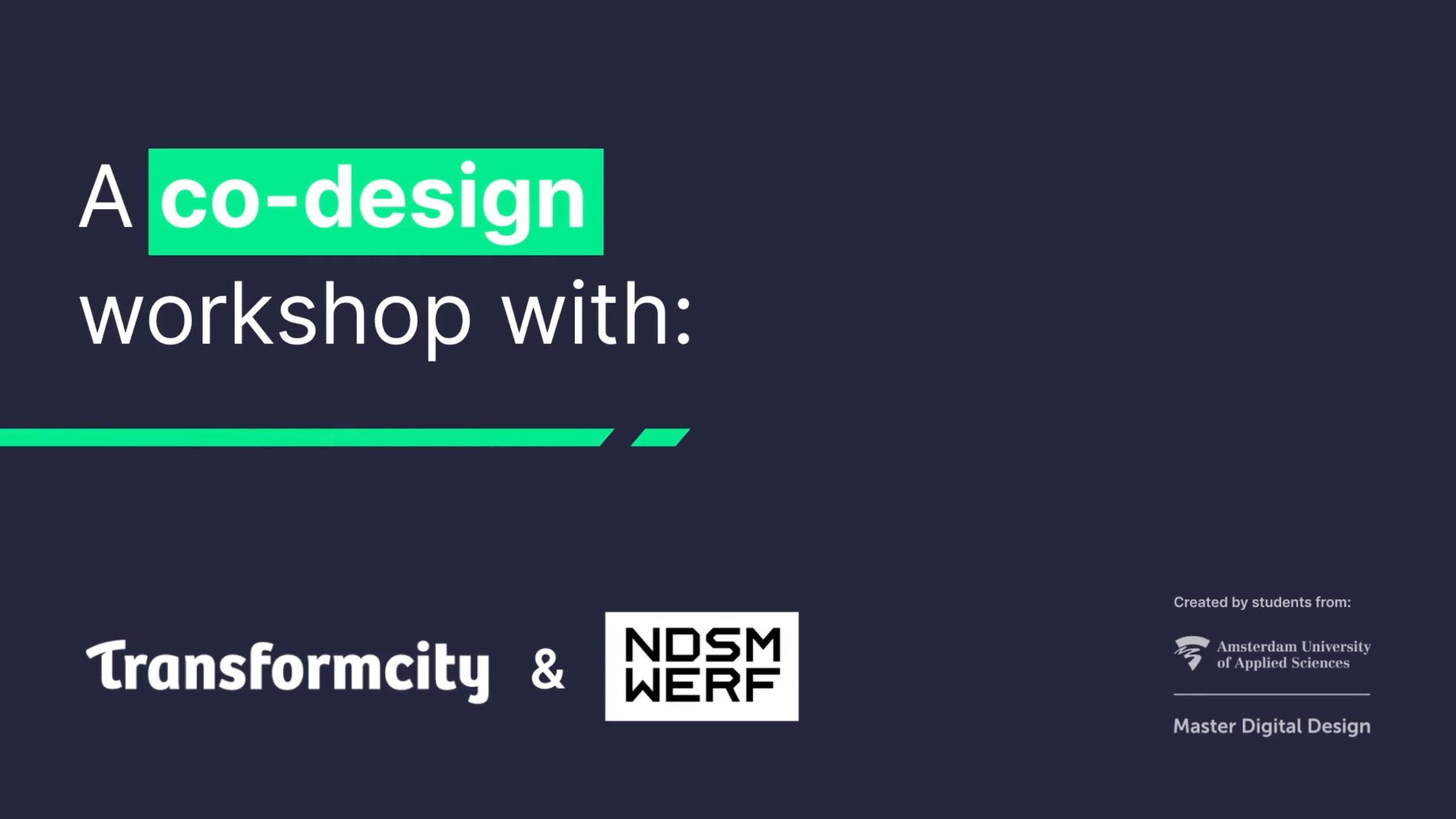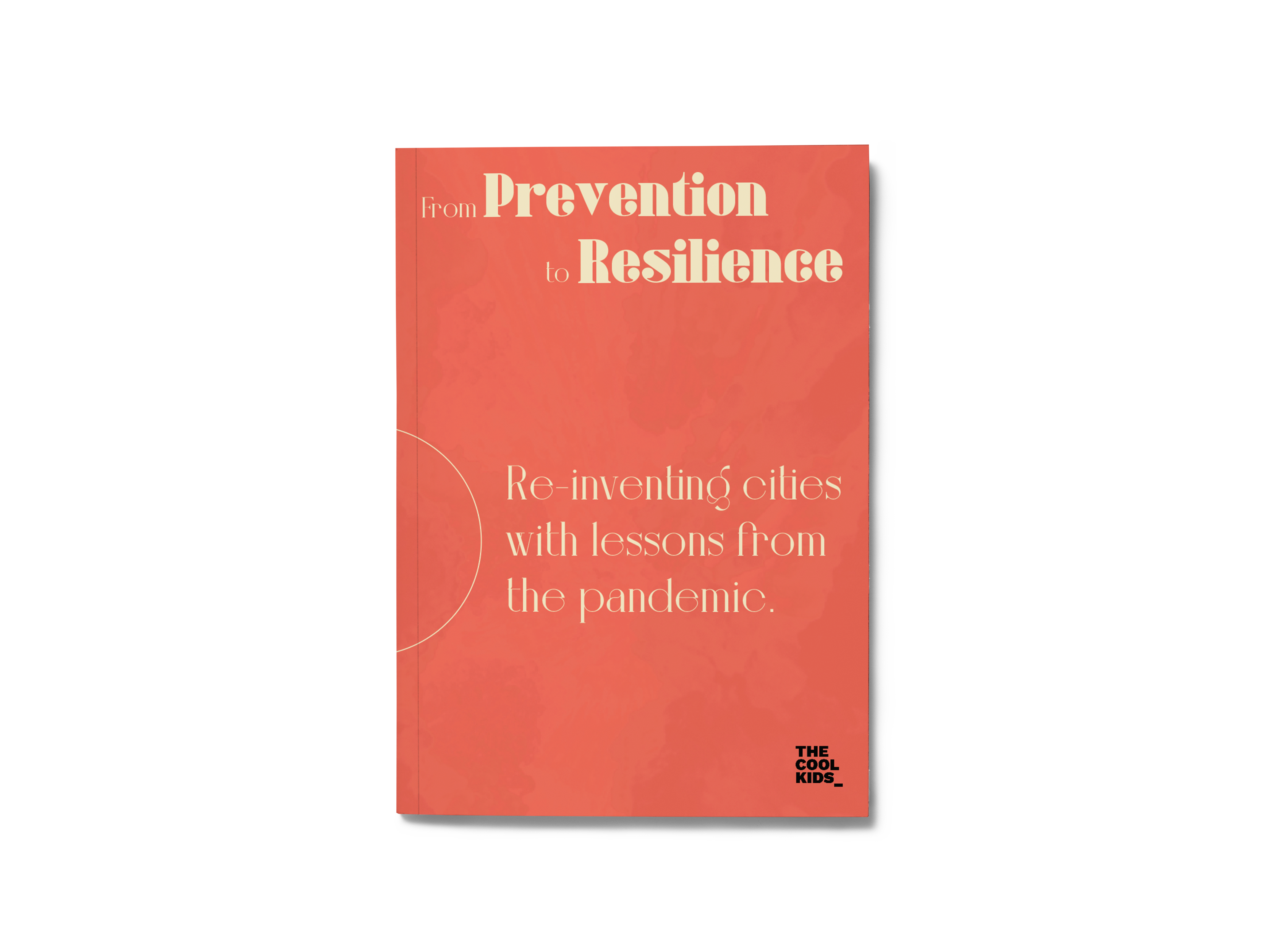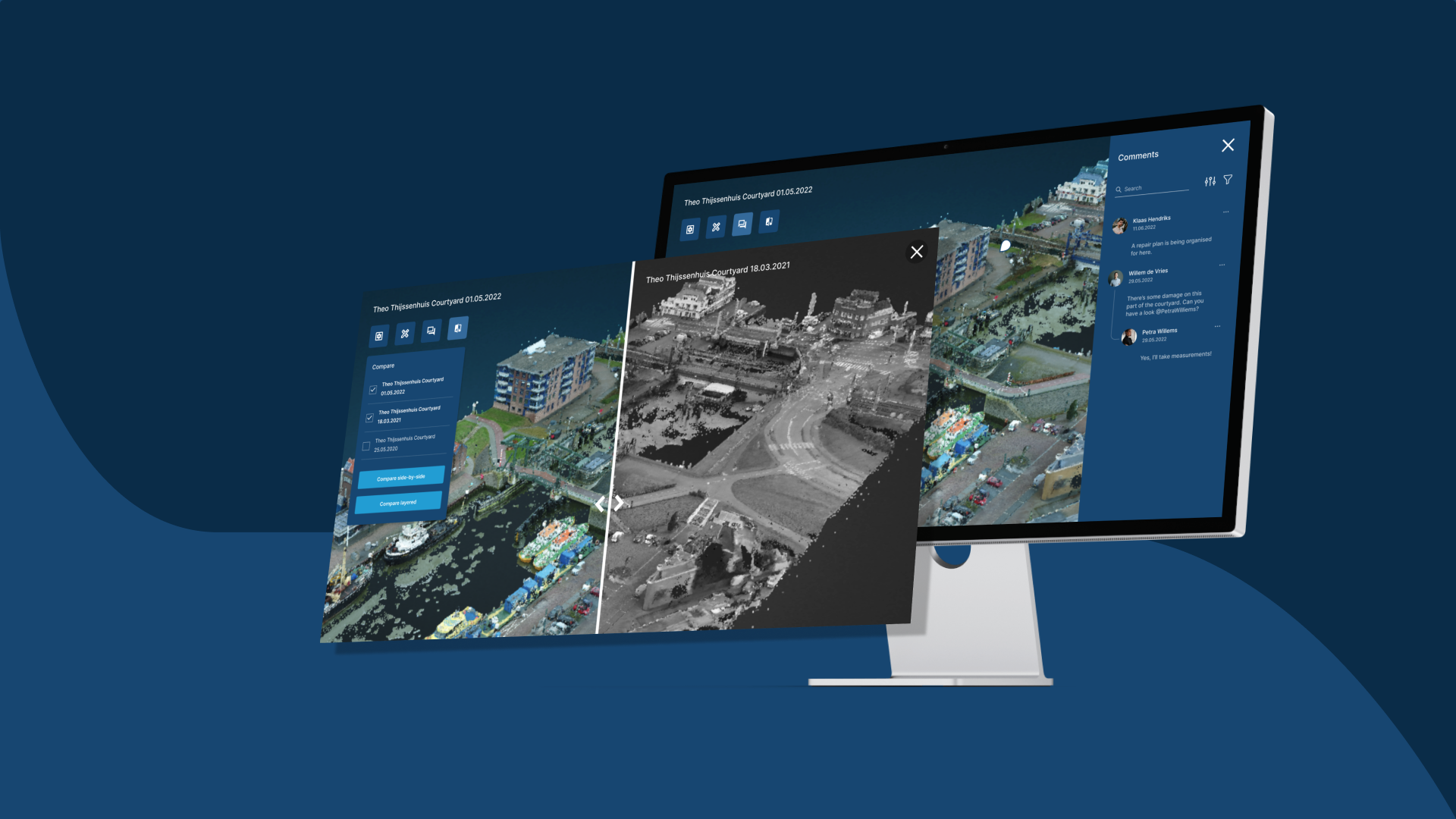
Co-tainer
A pop-up physical toolkit for neighbourhood participation
-
Client:
Transform City & Data Citizen Lab
- Team:
-
Disciplines:
UX/UI, Interaction Design, Experience Design
-
Schoolyear:
2020-2021
Cities like Amsterdam are moving towards a bottom-up approach for community development. Through citizen empowerment tools, neighbourhoods are aiming for a more democratic and collaborative approach to develop their area. Still, community initiatives are dealing with complex stakeholder management, struggling to get closer to the municipality to get their ideas off the ground. There are new processes and tools needed to connect stakeholders and build better trust to inspire flourishing community initiatives.
There are multiple stakeholders involved in starting a successful initiative to collaboratively improve a neighbourhood, such as; inhabitants, local businesses, community managers and the municipality. It is a challenge to manage the expectations of all stakeholders. Both citizens and municipalities sometimes see platforms such as TransformCity as a silver bullet that will help automate part of the citizen engagement challenges they are facing, but this is not the case. Time needs to be spent on the platform to keep the engagement going. New bottom-up initiatives that are starting need help in the process they are going through to be successful. The question is how this process can best be facilitated and designed using tools to help them get all stakeholders on board and then maintain engagement.

Desk Research
Through research, we noted lots of existing communities and grassroots in Amsterdam that contribute to bottom-up development of the city. Many of these initiatives make use of online tools (such as community platforms) and social media to keep the community engaged. The Municipality also makes use of online participation tools to get input from the citizens and therefore create more democratic processes when it comes to decision making.
While online participation tools and community platforms can be efficient to reach larger numbers of people, there is overcrowding of such platforms. Important data is often clouded by irrelevant information, and the voices of motivated citizens are lost. This is where the need for traditional participation methods could be leveraged, as they are more effective for in-depth discussions and get to the core of a problem.
Bridging the Gap
From expert interviews with community leaders and the Municipality, we learned that there is a big gap and a lack of trust between (active) communities and policymakers. The Municipality struggles to get closer to communities, as citizens often see them as a stakeholder that is higher up in the ladder. On the other hand, communities struggle to be empowered. They feel they cannot have a bigger role in the decision making of their area as they feel the municipality doesn't want to shift their bureaucratic system and power towards their citizens.
To Re-cap:
- Community platforms are overcrowded causing collected knowledge to be lost and dimming the voices of interested citizens.
- There is a complex web of stakeholders involved in getting initiatives off the ground, slowing progress.
- Online platforms are often seen as “silver bullets”, setting unrealistic expectations as to what these platforms could do.

Co-design Workshop
We organized a co-creation session for our most important stakeholders to get a better understanding of their needs regarding stakeholder collaboration and team dynamics. The stakeholders completed three assignments following a hypothetical scenario. The outcome of this session inspired us towards a solution that includes a physical space for collaborative neighbourhood development. This space should be open, accessible, inclusive and adaptive for different demographics and neighbourhoods.

This brought us to our design question:
“How might we bridge the gap between communities and policy makers in neighbourhood development, using a combination of both online and traditional forms of participation?”
Solution
We designed Co-tainer to bring together all stakeholders in the neighbourhood development process for collaboration and dialogue. Co-tainer is a pop-up space that emerges in neighbourhoods for a temporary amount of time, when needed. Citizens can use this space for voting, learning, discussing and creating solutions regarding a neighbourhood related topic or issue. All collected input in this space is digitized so that it can be used for a co-design session, together with the data coming from online platforms. Different stakeholders, such as local businesses, investors, policy-makers,specialists, and citizens, can come together in this space for the decision making process. All components of Co-tainer are flexible and can be adapted for different case studies, depending on the issues at hand.

Going Phygital
We saw an opportunity in creating voting tools that are phygital - that means combining digital with physical. We worked with sensors that can register people’s votes and embedded this technology into analogue material, to create an approachable feel. We aimed for an inclusive and engaging experience, one that doesn’t require too many screens in the space.
User Testing
For our last user test, we were able to put our format to practice at the NDSM wharf, located in the North region of Amsterdam. The Stichting NDSM-Werf provided us with a physical (container) space to set up our prototype. People living in the neighbourhood came to the space to cast their votes on a real-life issue related to art & culture at NDSM. Many insights were gathered on this day that we used for further reflection and recommendations.

We believe Co-tainer has the potential to enable civic participation and support democratization by providing an accessible, open space for collaboration between stakeholders in a neighbourhood. The flexibility of the space provides for surprising additional opportunities, like social activities or events. With each experiment the format will grow over time and learn from past experiences.

Watch this video about the project Co-tainer

